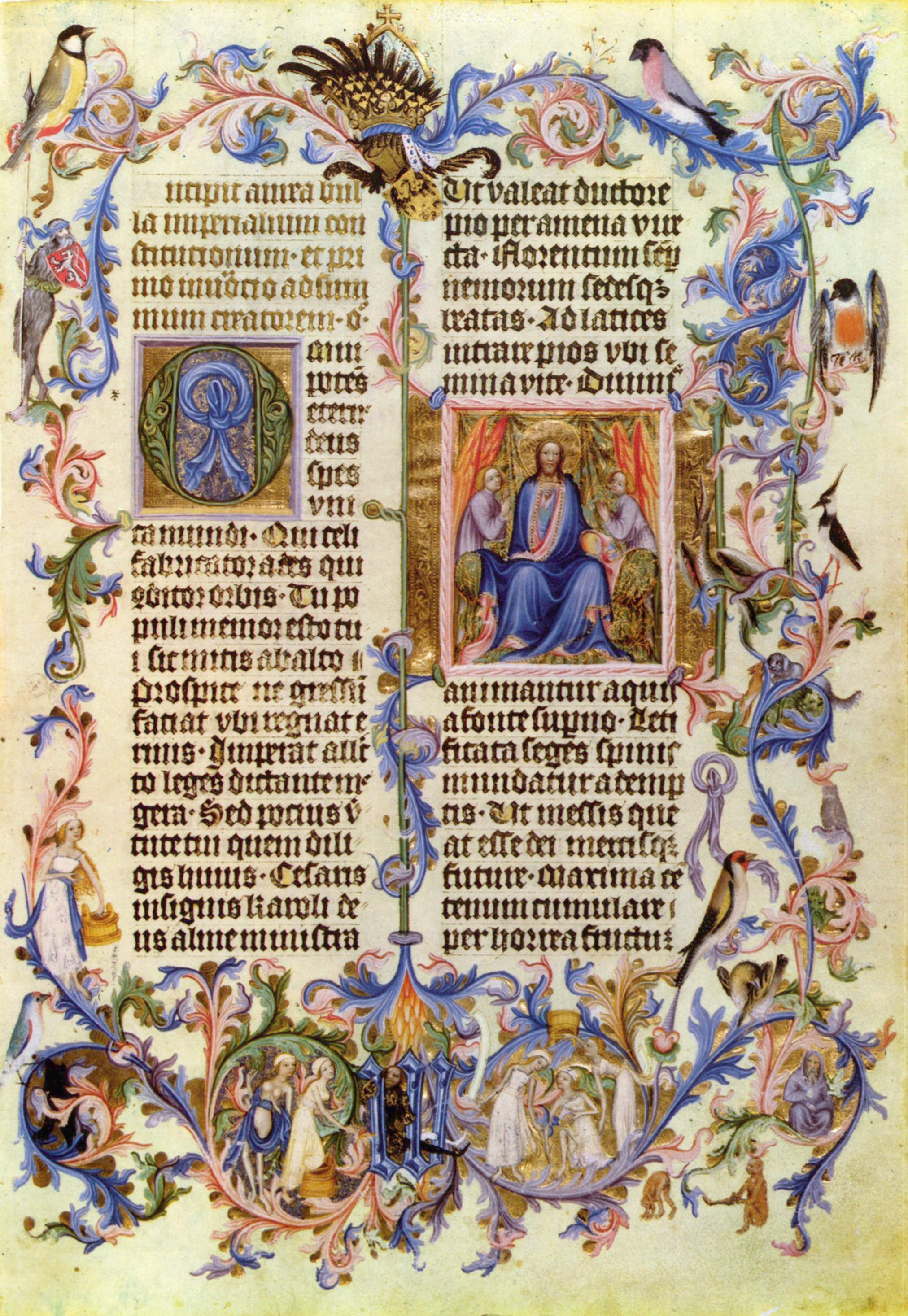It has also preference for birds ... which we find also in the description of the Michelino-deck.

http://de.academic.ru/pictures/dewiki/7 ... tt_002.jpg
Many other pictures you find with Google images.





Yes, but the hat is rather similar for both persons (in the case, that Brera Brambilla and Cary-Yale show the same person).mmfilesi wrote:The emperor of the Brera-Brambilla, Cary-Yale and Pierport-Morgan tarot dont have crown. I think this is a important detail.
According this a three-crowns-legend was formed during 15th century: silver crown, Aachen, German kingdom; iron crown, Monza, Lombardy; golden crown, Rome, Empire.Durch die Krönung von Konrad III. (1093-1152) im Jahre 1128 war Monza zur norditalienischen Krönungsstadt geworden. Zunächst existierte die Eiserne Krone der Langobarden nur als Legende. Dann aber ließ Heinrich VII. (Kaiser 1298-1308) eine für Krönungen tatsächlich verwendbare eiserne Krone herstellen. Im 15. Jahrhundert bildete sich die „Dreikrönungslegende" heraus: Der Römische Kaiser habe drei Kronen zu empfangen: mit einer goldenen Krone würde er in Rom zum Kaiser gekrönt, mit einer silbernen in Aachen zum deutschen König und mit einer eisernen in Mailand zum italienischen König. Die dreifache Krönung sollte den Kaiser dem mit der Tiara, der dreifachen Krone, ausgestatteten Papst ebenbürtig machen. Erst 1530 wurde Karl V. durch Papst Klemens VII. in Bologna mit jenem Reif gekrönt, den wir heute die „Eiserne Krone der Lombardei" nennen. Er sollte der erste und letzte Römische Kaiser sein, der mit der lombardischen Krone gekrönt wurde.





